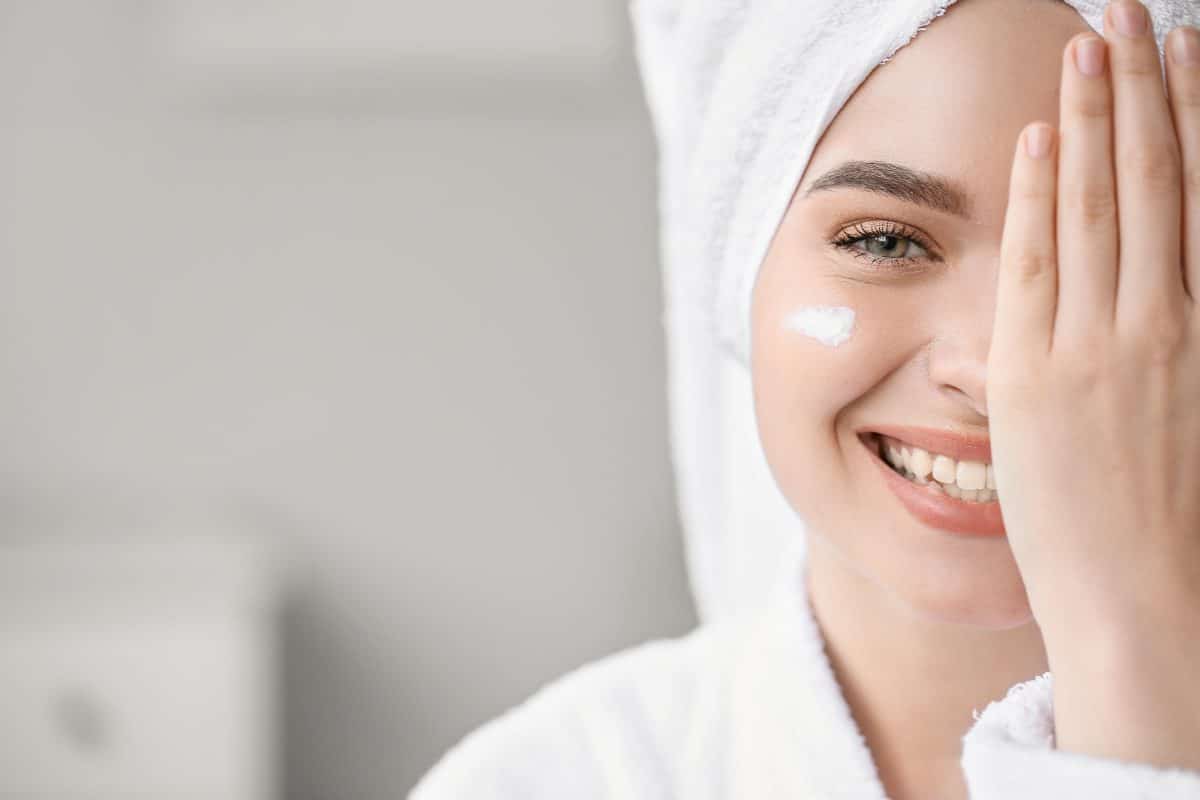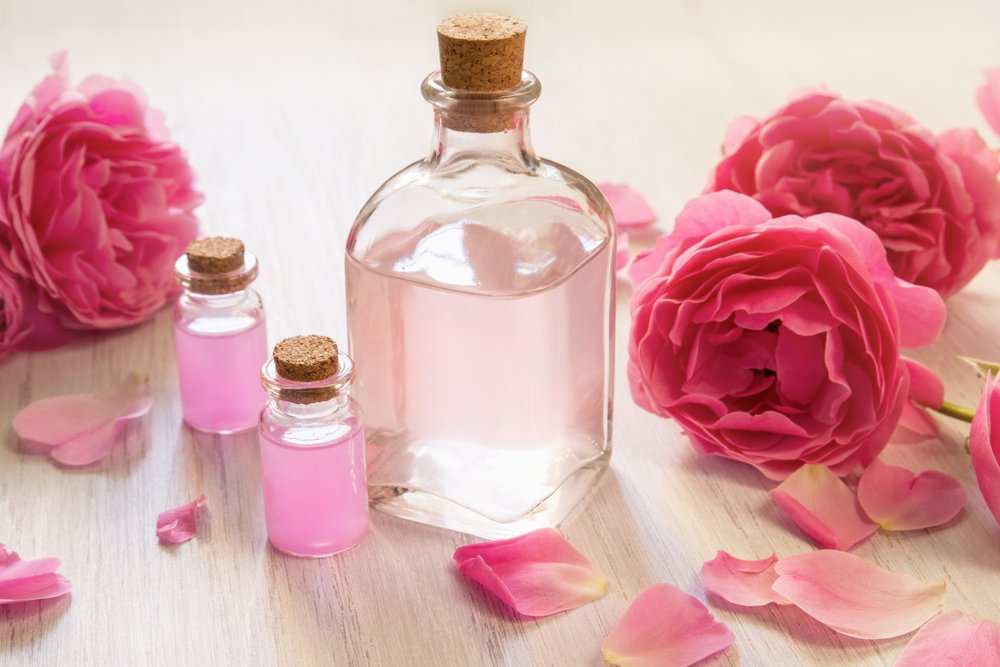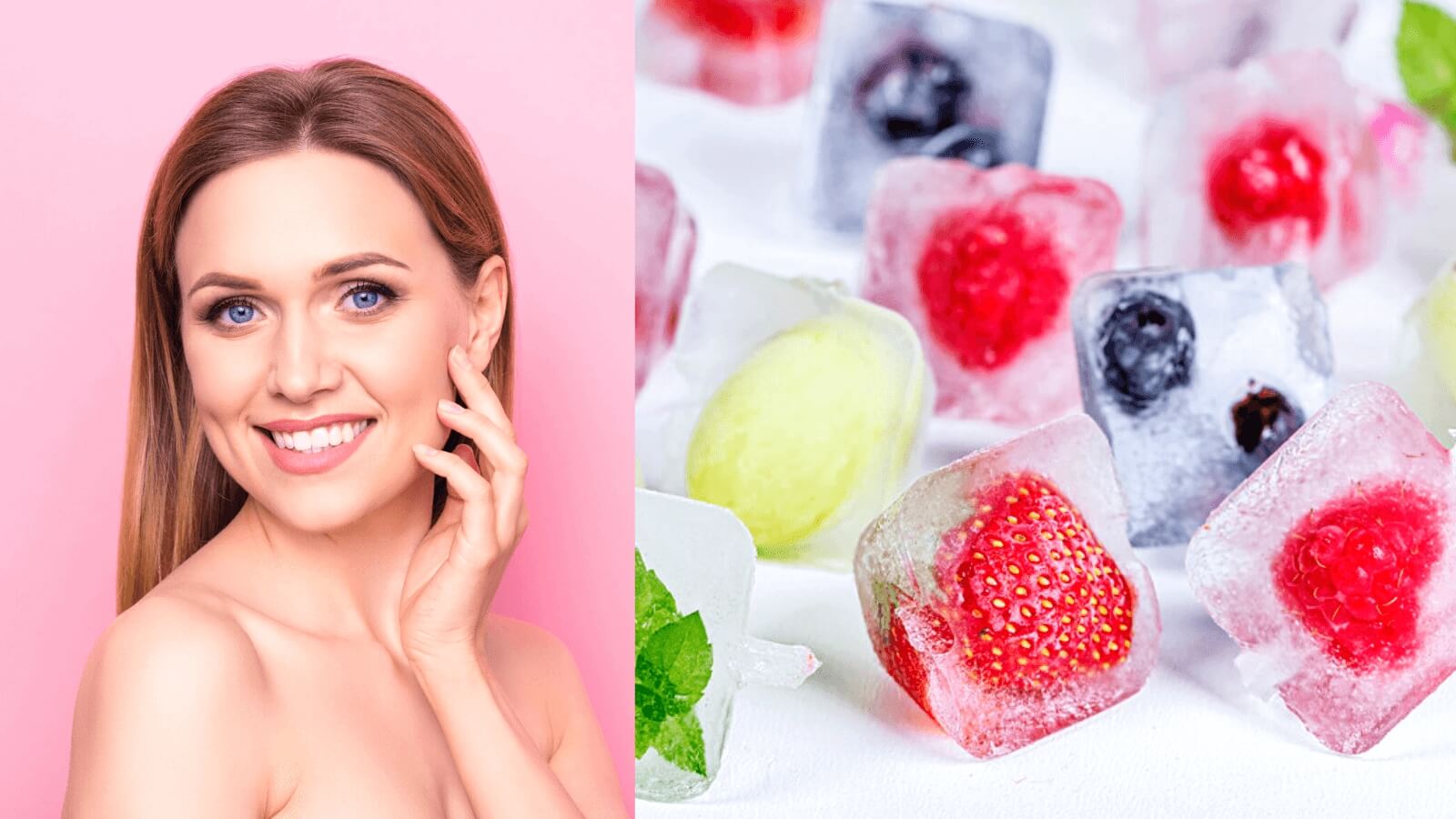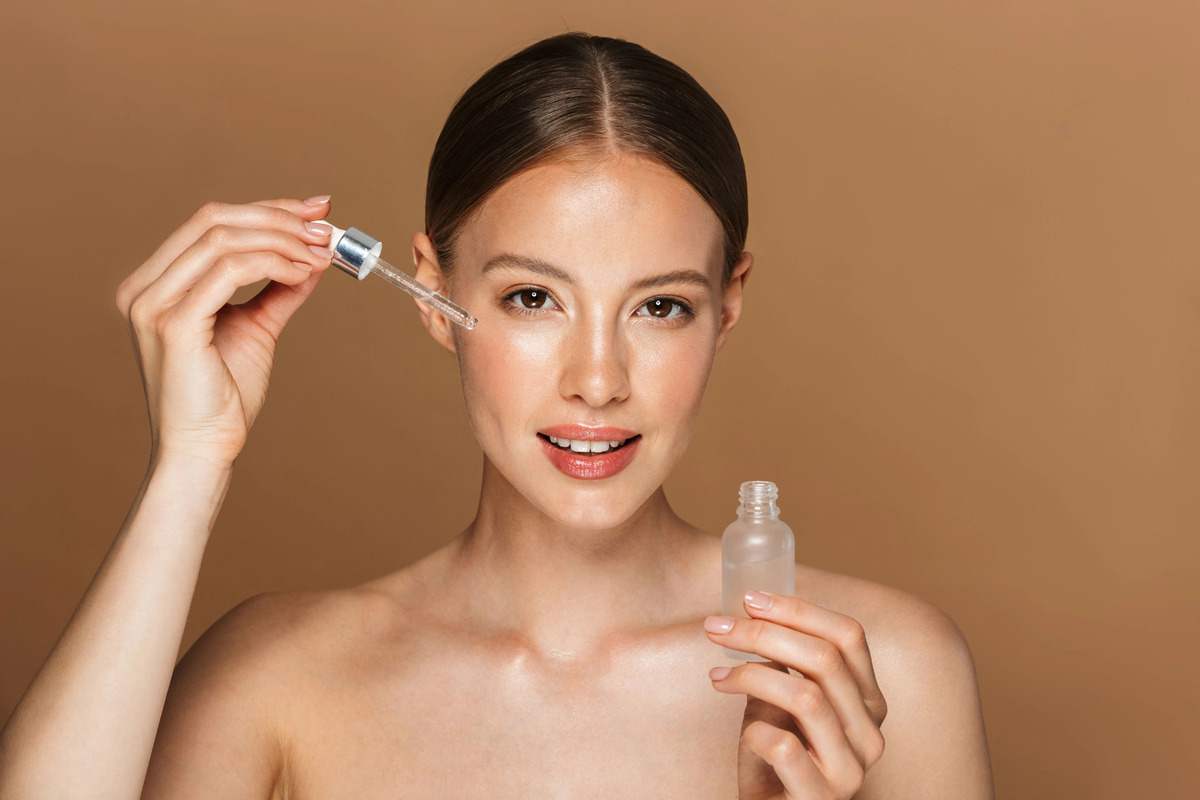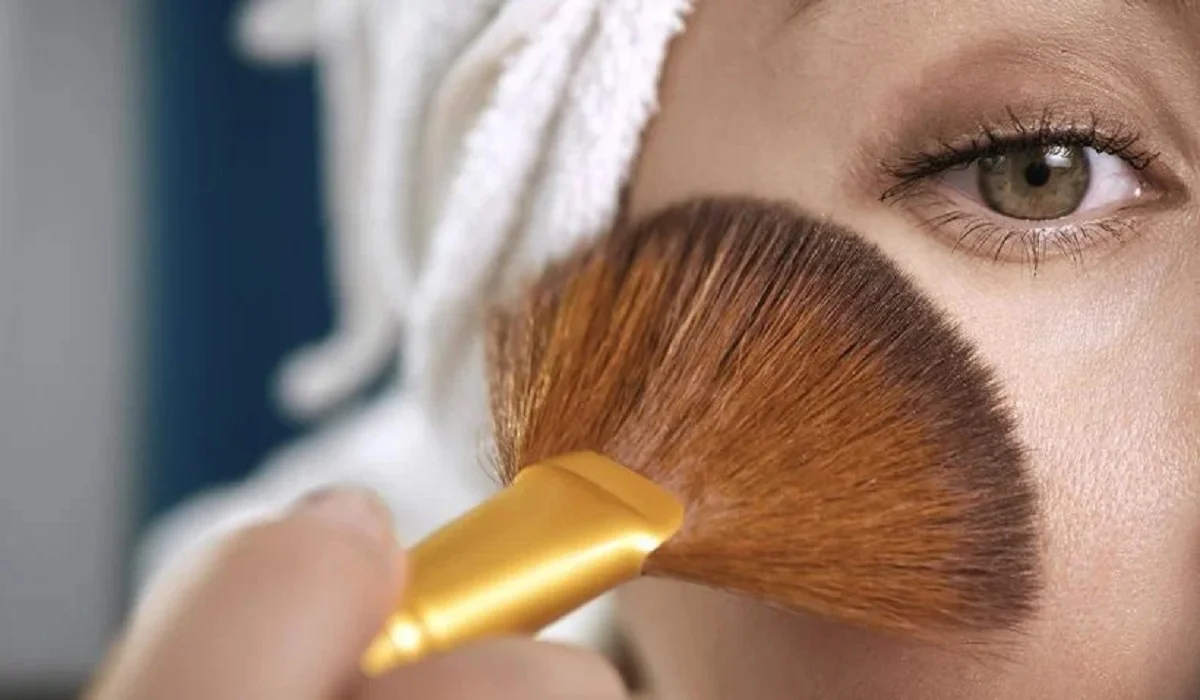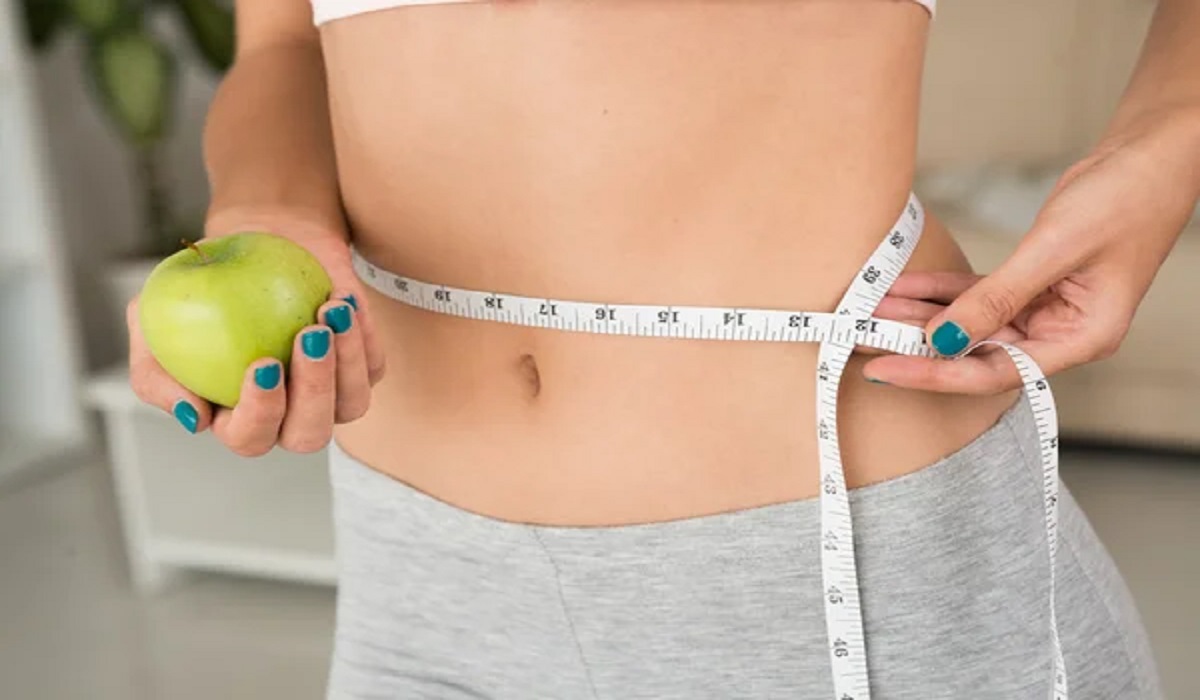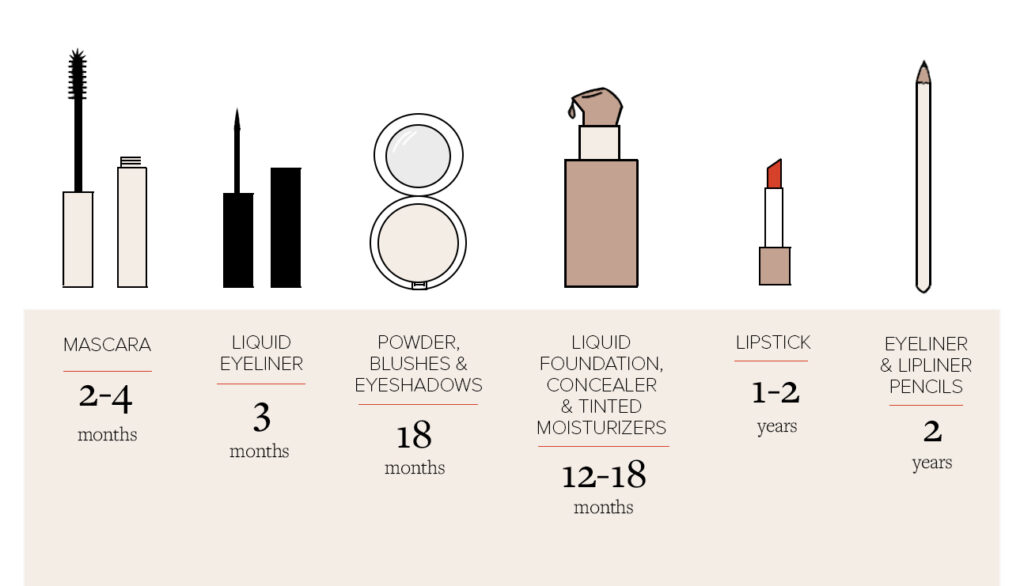
Every beauty enthusiast knows the thrill of discovering that perfect lipstick shade or foundation match – but as their collection grows, so too does their question of how long these beauty treasures should remain safe to enjoy. In this extensive investigation into cosmetic expiration dates we reveal their mysteries by exploring their science, factors and importance – providing clarity into when your cosmetics expire and the necessary steps needed for safe storage.
Chapter 1: Expiration Dates Explained
Formula Complexity
Cosmetics contain multiple ingredients with their own chemical makeup. Together these contribute to texture, color, efficacy and shelf life – it is therefore crucial that one understands these formulations so as to properly predict expiration dates for products formulated using them.
Preservatives and Stability Enhancers
Cosmetic products often incorporate preservatives as an extra safeguard. These compounds inhibit bacteria and fungi growth to ensure its integrity; however, over time these preservatives may become less effective, leaving your product susceptible to contamination.
Chapter 2: Factors Affecting Cosmetic Shelf Life
Air and Light Exposure
Cosmetic storage environments play a pivotal role in their shelf lives. Direct exposure to air and light may result in oxidation that damages its color and consistency over time, so packaging that limits air contact or blocks UV rays helps preserve cosmetics for as long as possible.
Temperature and Humidity
Changes in both temperature and humidity play an integral part in degrading cosmetic formulations, with high temperatures potentially melting or separate products and excessive humidity encouraging mold or bacteria growth – proper storage practices must therefore be in place in order to mitigate such risks.
Chapter 3 : Understanding Expiration Dates
Skin Health Concerns
Exposing yourself to expired cosmetics poses potential threats to skin health. Bacterial contamination could result in irritation, redness or even infections; and its delicate balance disrupted, potentially impairing its performance and potentially leading to harm.
As cosmetics age, their efficacy diminishes over time, which may impair performance and leave users unhappy with results. Foundation may no longer meet your desired coverage expectations, mascara might clump more often and skincare-infused products may lose some or all of their intended benefits – therefore being aware of signs of expiration ensures the optimal product performance is reached.
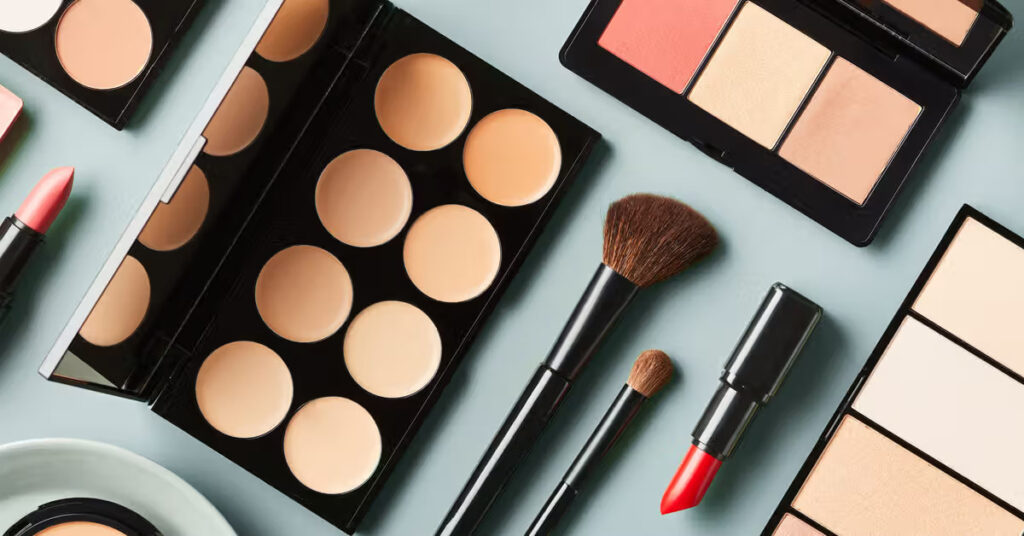
Chapter 4: Deciding Which Expiry Dates Apply, on Different Products
Skincare Products Many skincare items, including creams, serums and cleansers, feature expiration dates that ensure maximum skincare benefits are realized over time. Antioxidants and retinoids in particular deplete their potency with time; adhering to timelines ensures maximum benefits are gained from skincare items purchased over time.
Eye Products
Due to the sensitive eye area, mascaras, eyeliners and eyeshadows have shorter shelf lives and should be changed out regularly in order to minimise risks of infection and ensure good eye health. Regular replacement, even of products which appear unopened is crucial for good vision health.
Chapter 5: Dispelling Myths About Makeup Perpetually: Addressing Common Misconceptions
Certain Makeup Products Are Long-Lasting
Powders and lipsticks have the tendency to last indefinitely; though longer shelf lives than liquid products exist. Color changes, texture shifts or scent fluctuations should prompt prompt their disposal as soon as they occur.
Professional and Personal Stashes
Makeup artists and enthusiasts can easily build up vast makeup collections, but both professionals and hobbyists must adhere to expiration dates in order to remain safe for clients; personal users should make sure their experiences remain pleasurable without risk.
Conclusion: Encouraging Beauty Choices
Expiration dates on cosmetics aren’t arbitrary numbers but rather important guidelines to maintain product quality and safeguard skin health. With knowledge about formulation, storage, and product-specific timelines at their fingertips, consumers can make more informed choices to make sure that their beauty routines are both glamorous and safe. Exploring expiration dates becomes an opportunity to curate an assortment that both looks fashionable while respecting wellbeing.

